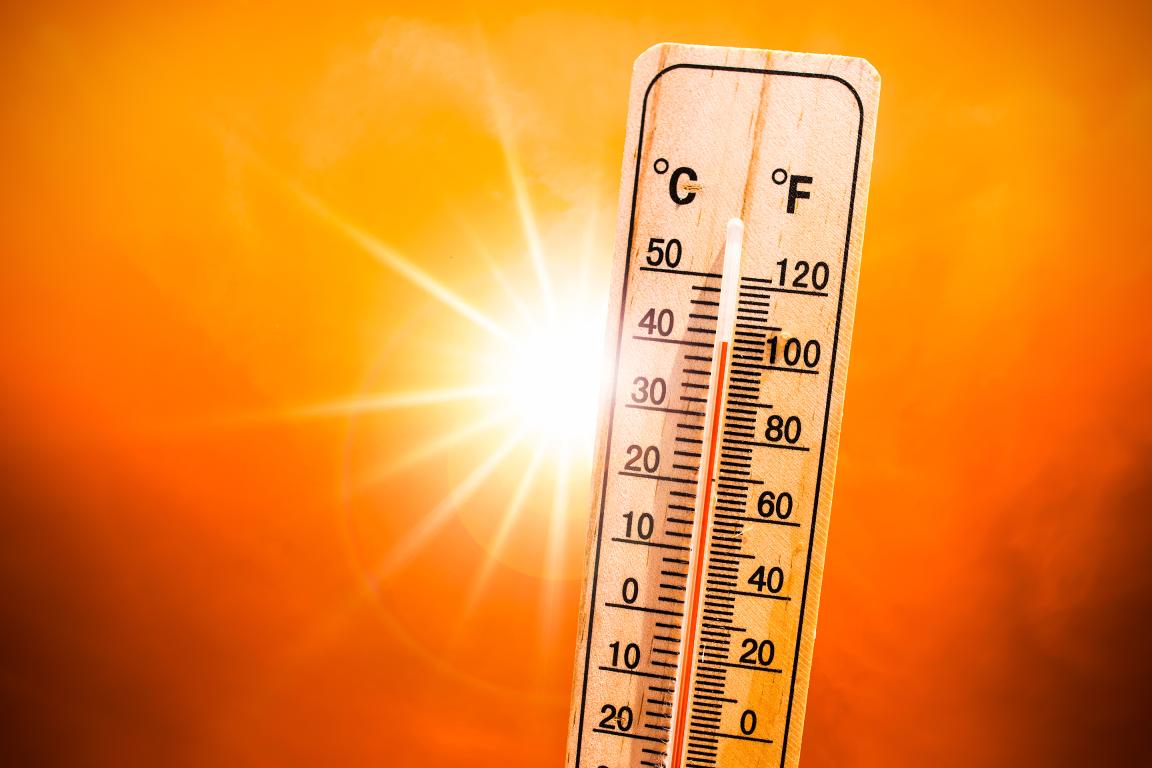
North Carolina is getting hotter, and heat can make work dangerous.
Employers can prevent heat illness with a clear plan, the right controls and quick action.
Understanding Heat Risk
Important: Heat index alone is not enough to judge risk for workers.
Look at these together every shift:
- Level of exertion (light vs. heavy work)
- Time spent working without breaks
- Hydration (water intake)
- Direct heat sources (sun, hot equipment, vehicles)
- Worker health and fitness
- Acclimatization (is the worker used to the heat yet?)
Heat exposure in the workplace is a concern for many occupations, including both outdoor and indoor jobs.
Who's most at risk
Outdoor workers
People in these professions:
- Construction
- Farmworkers
- Landscaping
- Mail and package delivery
- Oil and gas well operations
Indoor workers
People in these professions or facilities:
- Bakeries, kitchens, laundries
- Electrical utilities (particularly boiler rooms)
- Fire service
- Iron and steel mills and foundries
- Manufacturing with hot local heat sources
- Warehousing
OSHA's Proposed Heat Rule
Occupational Safety and Health Administration (OSHA) has proposed a rule called Heat Injury and Illness Prevention in Outdoor and Indoor Work Settings.
If finalized, it would require employers to:
- Create a heat injury and illness prevention plan for hot workplaces
- Evaluate heat risks daily and take extra steps when risks rise
- Provide drinking water, rest breaks and controls for indoor heat
- Protect new and returning workers not yet used to high heat
- Train workers and supervisors to spot and respond to heat illness
- Act immediately if a worker shows signs of heat emergency
Note: This rule is not yet final. Before it becomes law, OSHA must collect and review public comments, respond to them and then publish the final rule.
Your Heat Safety Work Plan
- Train everyone. Teach signs of heat illness and how to respond.
- Set controls:
- Engineering: Shade, fans, cooled rest areas, A/C in vehicles, insulate hot surfaces.
- Administrative: Schedule heavy tasks for cooler hours, rotate jobs, shorten work periods, add breaks.
- Water • Rest • Shade. Make it easy and required.
- Check heat stress all day. Conditions change — so should your plan.
- Protect new and returning workers. Increase work time slowly over one to two weeks.
- Plan for emergencies. Know exactly who calls 911, who meets EMS and what information to share.
- Never leave a worker alone if they have heat-related illness. Symptoms can get worse quickly. Stay with them until help arrives.
- Water: Encourage a cup every 15–20 minutes. Don’t wait for thirst.
- Rest: Short, frequent breaks in a cool or shaded area.
- Shade/Cooling: Canopies, vehicles with A/C, fans, misting where safe.
Post signs. Use supervisors and buddies to remind workers.
- Review today’s forecast and humidity.
- Look at workload and duration for each task.
- Stagger heavy work to cooler times.
- Stock water, ice, and cups; place close to work.
- Set break schedule and shaded/cool areas.
- Assign a trained heat lead to monitor workers.
- Watch new/returning workers closely; ramp up time on task.
- Confirm emergency steps and who calls 911.
Early: Heavy sweating, thirst, fatigue, muscle cramps, headache, dizziness.
Severe (heat stroke): Hot, dry or very sweaty skin; confusion; fainting; seizures.
Act now:
- Move to shade/cool area, loosen clothing.
- Cool with ice packs at neck, armpits, groin; fan the worker.
- Give cool water if awake and not vomiting.
- Call 911 if confused, fainting, or symptoms don’t improve quickly.
- Stay with the worker until help arrives.
More information: Know the Signs and What to Do
Employer Responsibilities, Tools and Resources: NC Department of Labor - Beat the Heat!
Keep Records, Keep Improving
- Track heat incidents, near-misses and adjustments.
- After hot days, review what worked and what didn’t.
- Update training and schedules based on lessons learned.
